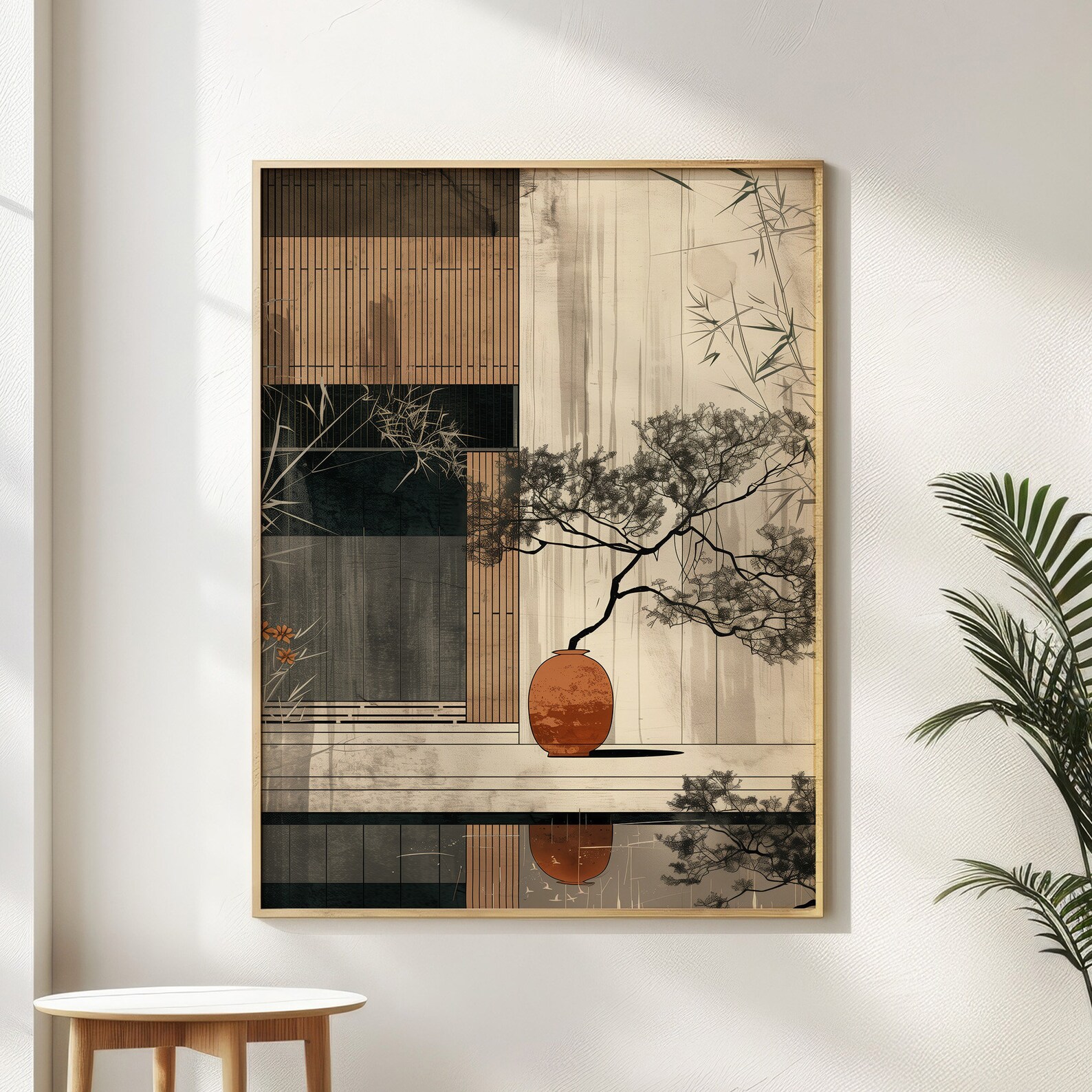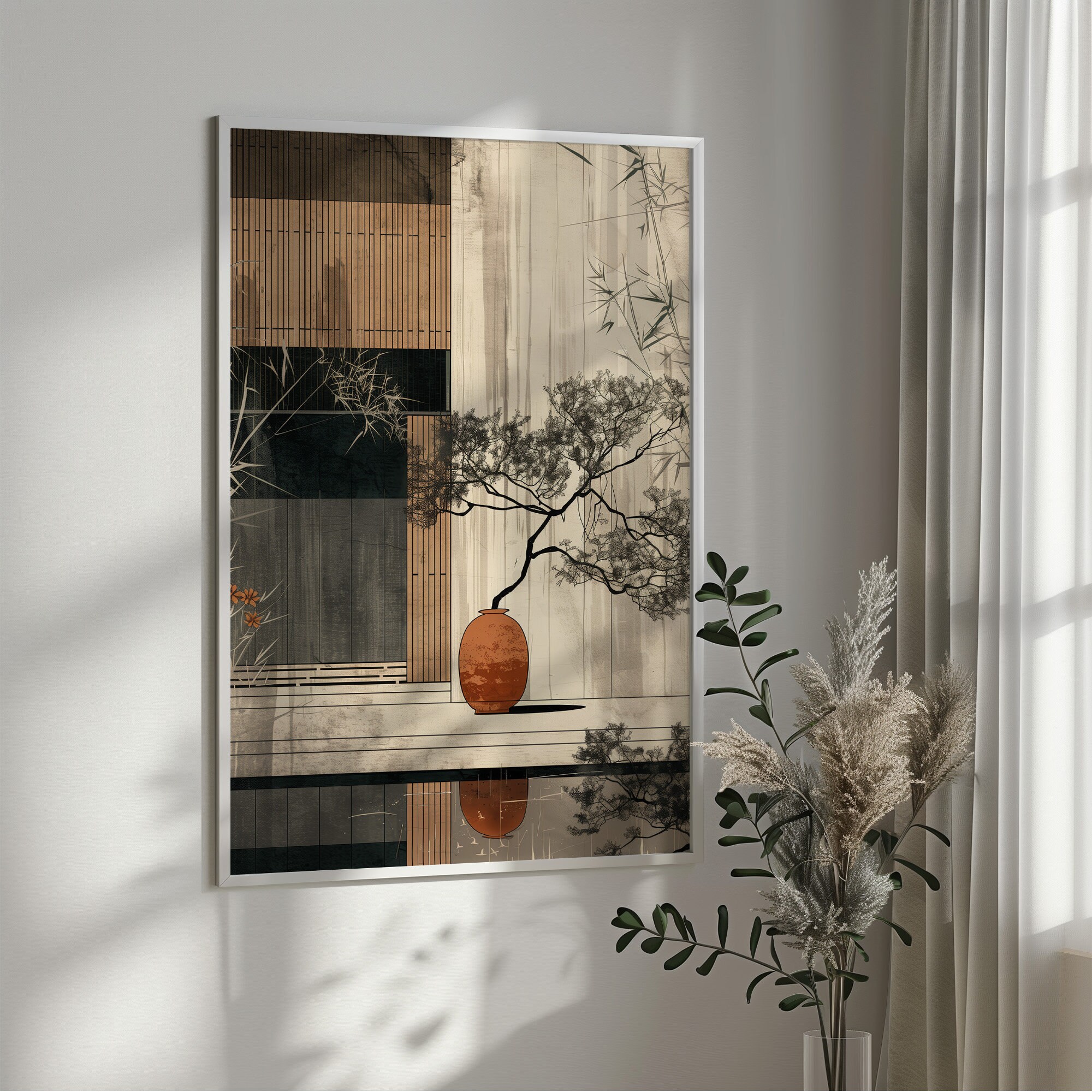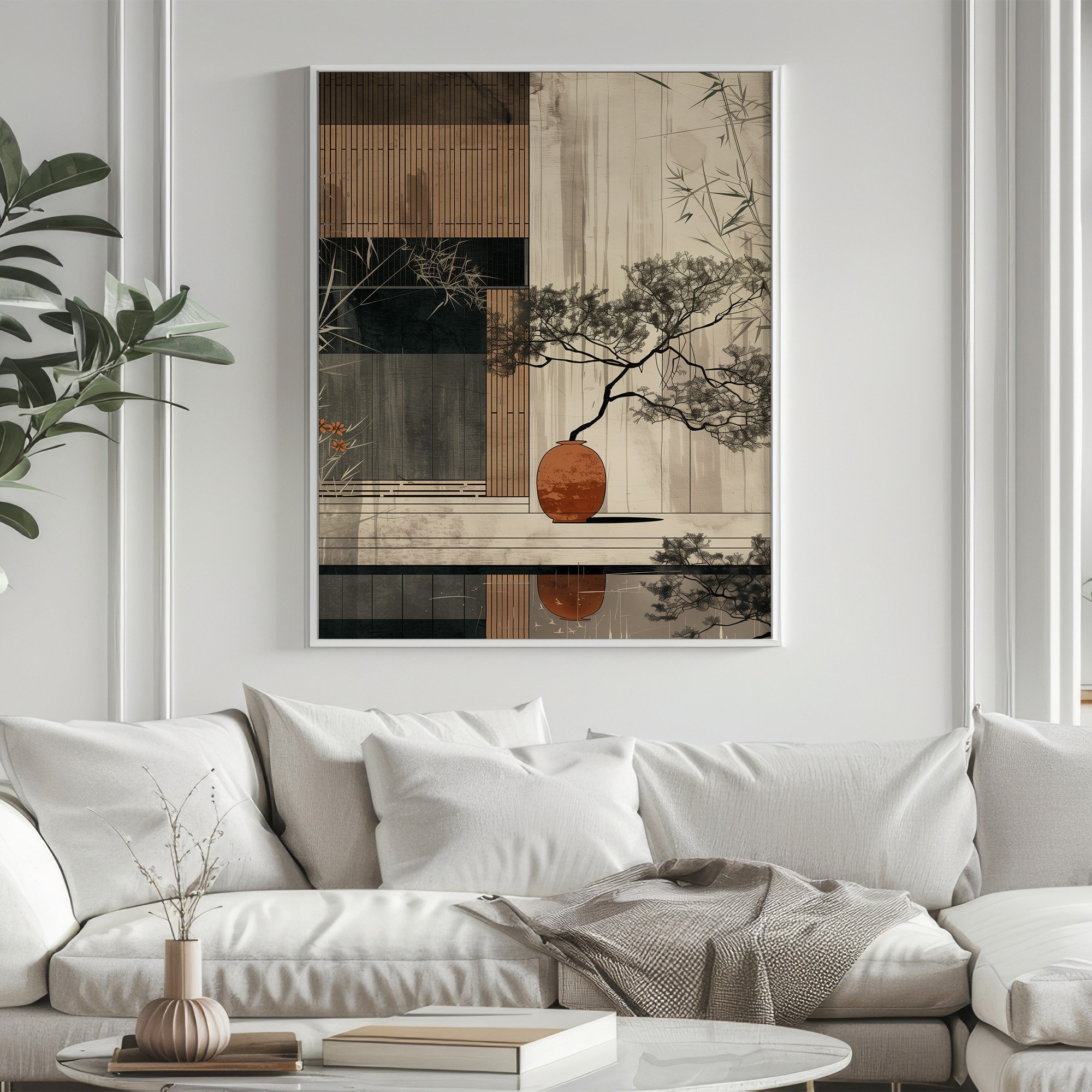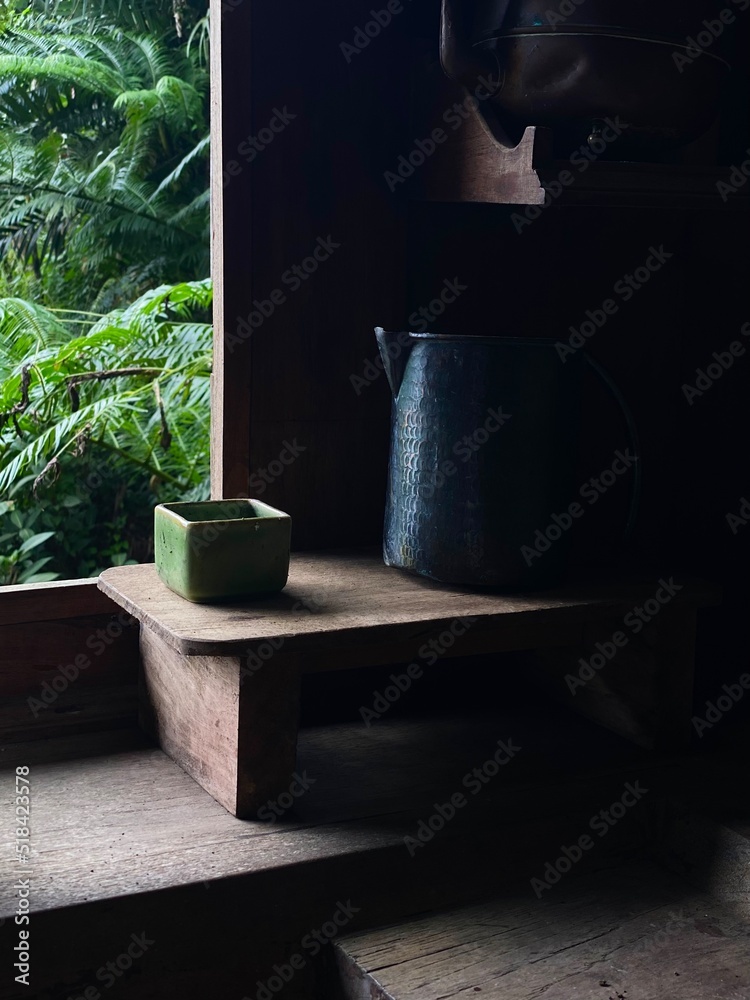Zen Kitchen: Secrets of Japanese Calm
Zen Kitchen: Secrets of Japanese Calm
Imagine waking up to the gentle morning light filtering through sheer curtains, illuminating a kitchen that feels less like a workspace and more like a sanctuary. This isn't just a kitchen; it's a haven of tranquility, a space designed to nourish not just the body, but the soul. This is the essence of a Zen kitchen, inspired by the Japanese aesthetic of wabi-sabi.

Let's embark on a journey to discover how you can infuse this calming philosophy into your own culinary space. We'll explore the key principles and practical steps to create a kitchen that exudes serenity and encourages mindful cooking.
The Wabi-Sabi Philosophy: Embracing Imperfection
At the heart of a Zen kitchen lies the Japanese aesthetic of wabi-sabi. It's more than just a design style; it's a worldview that celebrates imperfection, impermanence, and incompleteness. Instead of striving for flawless perfection, wabi-sabi embraces the beauty found in the natural aging process, the unique characteristics of handcrafted items, and the subtle irregularities of nature.

Key principles of Wabi-Sabi reflected in kitchen design:
- Natural Materials: Wood, stone, bamboo – these elements bring the outdoors in, creating a connection to nature's inherent calm.
- Simplicity: Minimalism is key. Avoid clutter and focus on essential items, allowing each piece to breathe and be appreciated.
- Imperfect Beauty: Embrace the unique character of handmade items, the subtle variations in wood grain, or the patina developed over time. These imperfections add authenticity and charm.
- Muted Color Palette: Soft, earthy tones like greys, beiges, creams, and muted greens create a sense of peace and harmony.
- Natural Light: Maximize natural light to brighten the space and create a feeling of openness and connection to the outdoors.
Designing Your Zen Kitchen: A Step-by-Step Guide

Transforming your kitchen into a Zen haven doesn't require a complete overhaul. Start by incorporating these principles gradually, focusing on one element at a time.
1. Decluttering and Organizing:
- The KonMari Method: Apply the KonMari method to ruthlessly declutter your kitchen. Keep only items you truly love and use regularly.
- Strategic Storage: Invest in sleek, minimalist storage solutions to keep everything neatly organized and out of sight. Think drawers, baskets, and concealed shelving.
- Clear Countertops: Aim for a clean and uncluttered countertop space. Keep only essential appliances visible.

2. Choosing the Right Color Palette:
- Earthy Tones: Opt for a calming color palette using natural hues like soft greys, beige, off-white, and muted greens. These colors promote relaxation and tranquility.
- Accent Colors: Introduce small pops of color strategically – perhaps a vibrant green plant or a single piece of blue pottery – to add visual interest without overwhelming the space.
- Natural Wood: Incorporate natural wood elements like a wooden countertop, butcher block island, or wooden shelving. The warmth of the wood adds a touch of rustic charm.
3. Selecting Materials and Textures:

- Natural Materials: Choose natural materials wherever possible, such as bamboo cutting boards, stone countertops, and linen tea towels.
- Textural Contrast: Introduce a variety of textures to add depth and interest. Combine smooth stone with the warmth of wood, or the softness of linen with the coolness of ceramic.
- Handmade Items: Incorporate unique, handmade pottery, ceramic bowls, or wooden utensils to add character and personality.
4. Illuminating Your Space:
- Natural Light: Maximize natural light by keeping windows unobstructed. Use sheer curtains to diffuse sunlight gently.
- Soft Lighting: Opt for soft, warm lighting instead of harsh overhead fluorescent lights. Consider recessed lighting or pendant lights that cast a gentle glow.
- Ambient Lighting: Add candles or oil diffusers to create a soothing ambiance, especially during evening meals.

5. Incorporating Plants and Nature:
- Greenery: Bring the outdoors in with potted plants. Bamboo, bonsai trees, or simple herbs add life and vitality to the space.
- Natural Elements: Incorporate natural elements like stones, wood, or driftwood to further enhance the connection with nature.
- Fresh Flowers: A simple vase of fresh flowers adds a touch of elegance and freshness.
6. Mindful Cooking Practices:

- Slow Cooking: Embrace slow cooking methods, allowing yourself time to savor the process and be present in the moment.
- Mindful Eating: Practice mindful eating, savoring each bite and appreciating the nourishment it provides.
- Kitchen Rituals: Establish simple kitchen rituals, like brewing a cup of tea in the morning or preparing a nourishing meal with intention.
Beyond Aesthetics: The Zen Kitchen Experience
A Zen kitchen is more than just a visually appealing space; it's a reflection of your inner peace and a commitment to mindful living. It's about creating a space where you can connect with nature, appreciate simplicity, and find joy in the everyday act of cooking.

By incorporating the principles of wabi-sabi and focusing on mindful practices, you can transform your kitchen into a sanctuary of calm – a place where the aroma of freshly brewed tea and the warmth of natural light create a harmonious and uplifting atmosphere. This is not just a renovation; it's a journey towards a more mindful and peaceful life. Embrace the imperfections, savor the moments, and enjoy the serenity of your Zen kitchen.
Pinterest-Friendly Tips:
- Quick Tip: Declutter your counters daily for instant Zen.
- Pro Tip: Invest in bamboo cutting boards for a sustainable, beautiful addition.
- DIY Project: Create a simple herb garden on your windowsill.
- Image Inspiration: Search Pinterest for "minimalist Japanese kitchen," "wabi-sabi decor," and "natural kitchen design."


This Zen kitchen journey is yours to personalize. Infuse it with your own style and preferences, creating a space that truly reflects your unique sense of calm and peace. Remember, the journey to a Zen kitchen is as important as the destination. Enjoy the process!
